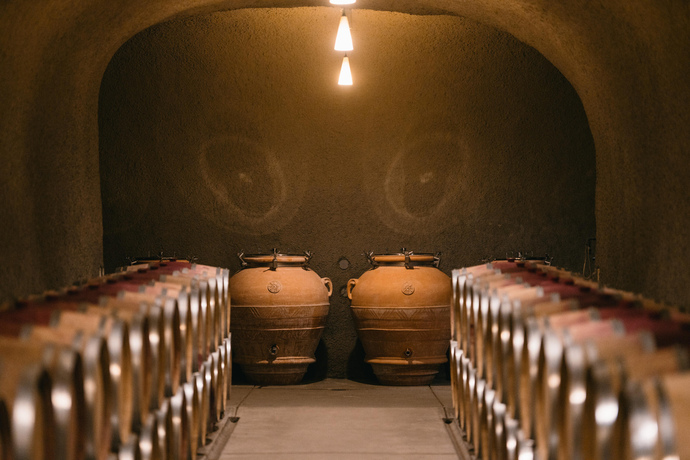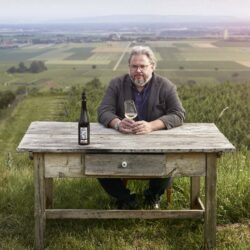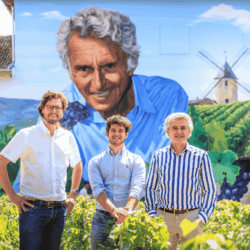Rebekah Wineburg, winemaker for Napa icon wine Quintessa, and Amy Racine, top US sommelier at The Times Square EDITION, talk about Napa and the “stretch” moment.
It’s not often that you get a leading sommelier and winemaker together to talk about the different ends of the scale in wine – the vineyard, the winery versus the wine list and the customer. Sommelier Edit was lucky enough to speak to both Amy Racine, Esquire’s Top Beverage Manager 2021 and beverage director JF Restaurants group, together with Rebekah Wineburg, award-winning winemaker from Napa’s pioneering Quintessa winery to talk about life in restaurants and amongst the vines.
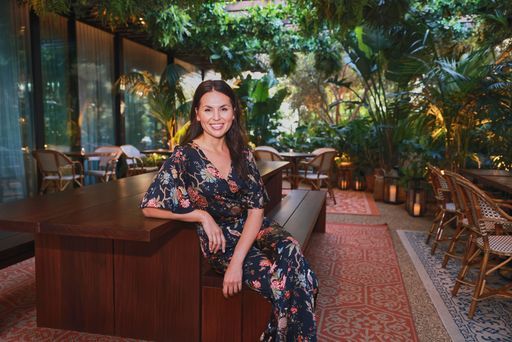
2023 was a tough year for many. Napa Valley winemakers were no exception. Dealing with a cool vintage, after a deacade of abnormal conditions, had them wondering what was going on, it seems. Rebekah Wineburg explians, “It was a late start, a cool one 2023,” she reveals “I have to admit that we were worried but after seeing how the wines are developing, I can see that it is going to be an excellent vintage for Napa.”
“We had got used to so many early vintages over the past 10 years that 2023 is coming back to a classic vintage; the incredible development of acids, flavours and beautiful phenolics. The cooler weather and fewer heat spikes mean that the ease of extraction indicates very high hopes for 2023.”
We had got used to so many early vintages over the past 10 years that 2023 is coming back to a classic vintage.
Climate and customers
The talk of climate and changing conditions leads the conversation to consumer perception and changing attitudes. Amy Racine explains, “Five or six years ago when we opened The Times Square EDITION, we wanted to do something that was essentially anti-Times Square,” she smiles. “We wanted to list wines from producers that give back – whether that be charitably or in terms of organic, more sustainable production.”
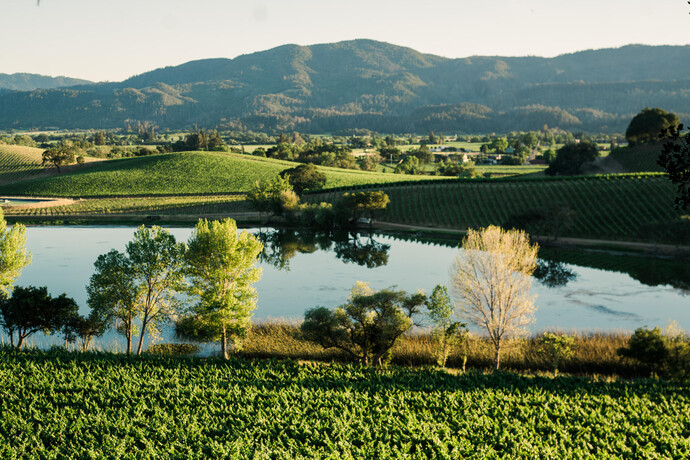
“At the time there was interest in sustainable wines but, people were confused, Amy adds. “They looked at the list and asked ‘Is it vegan or organic? or sustainable?’ People just didn’t know! So, we developed a symbol to represent the wineries that were giving back in some way. It was a new way for the customer to engage with the sommelier, to talk about the story behind the wine, if they were interested. Since then it has become a bigger topic of conversation.”
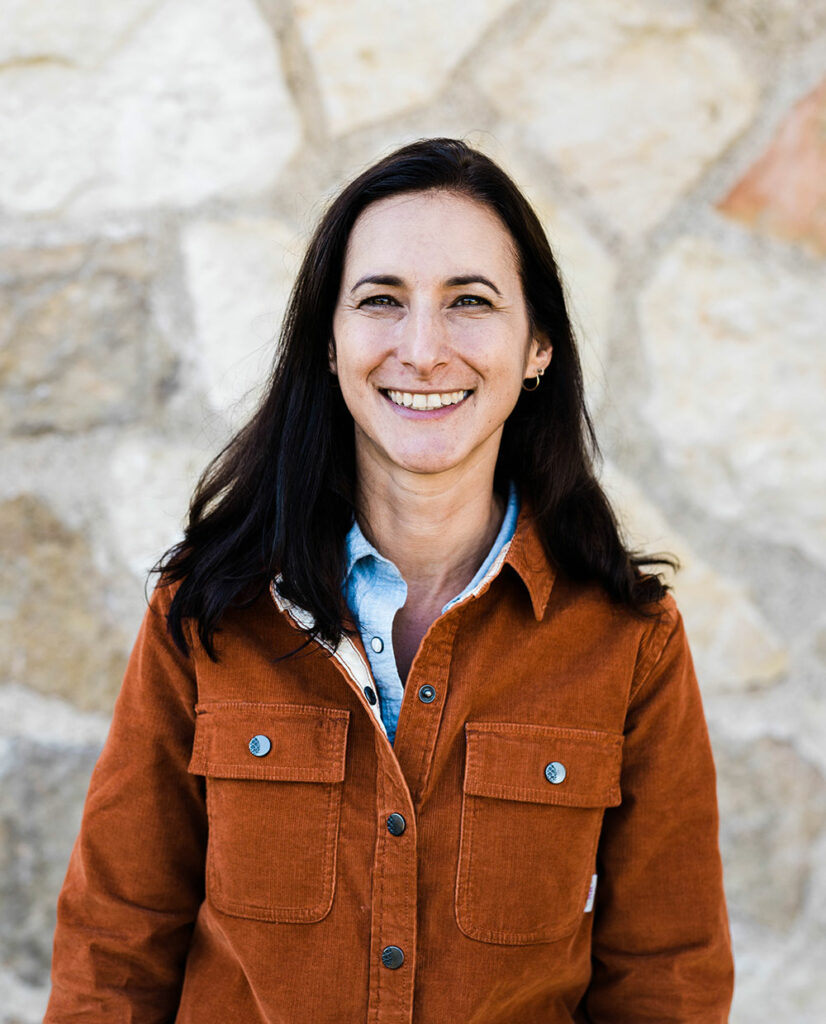
Rebekah adds, “We have always been organic and biodynamic from the start, in 1991. It’s part of our DNA. We didn’t think of it as a marketing tool previously, but people are much more interested now. It’s changed over the past 5 years. Previously, there was a mixed reponse when you started to talk about biodynamics – now there has been a shift in perception.”
“What I find most interesting,” says Amy, “is the reason why people ask about a wine. It might be because they want organic, so as not to have a headache the next day! Or they want wines with a zero carbon foot print because that matters to them.
“Where they are coming from and why they want to drink a particular wine is so diverse,” she says. “Our job is to keep the effort up and keep the conversation going around this – we all need to be pushing into the right direction,” she concludes.
Now we’re seeing a move back to respect for the classics – going back in re-exploring the well-known resgions. Bordeaux, Napa, Sancerre, for example is going mad in Boston, San Francisco and New York we can’t keep it on the shelf!”
Change in consumer demands in top restaurants across America, according to Amy, is what keeps her team on their toes. She directs the beverage programmess for restaurants including IRIS in Manhattan, La Marchande on Wall Street and four food & beverage concepts, including The Terrace & Outdoor Gardens, inside The Times Square EDITION, and Long Island’s North Fork Table & Inn, meaning she knows a lot about the different tastes and styles in, what are possibly, some of America’s most important cities.
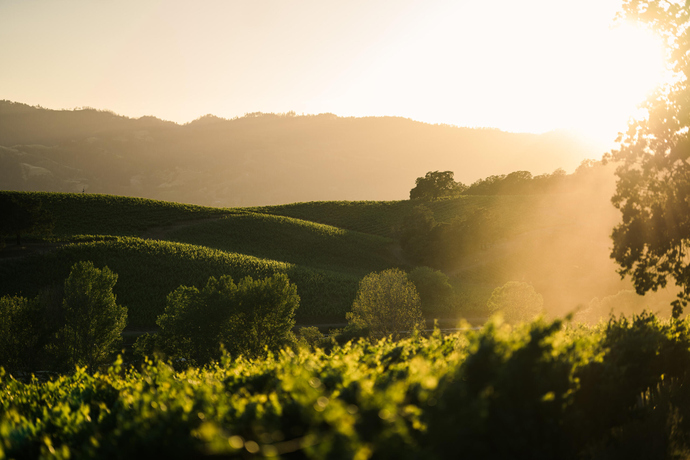
“The pandemic was an important marker. Everyone became an expert at home. So consumers made some fast progress during that period which might not have happened without lockdown. They all became experts.”
She adds, “People were coming in to our restaurants, when it all started to open up, asking for obscure sub-regions of Spain, for example, and we were left thinking…’Where did that come from?’ There was a movement towards discovery, the new, the unknown. Now we’re seeing a move back to respect for the classics – going back, re-exploring the well-known regions… Bordeaux, Napa. Sancerre, for example, is going mad in Boston, San Francisco and New York… we can’t keep it on the shelf!”
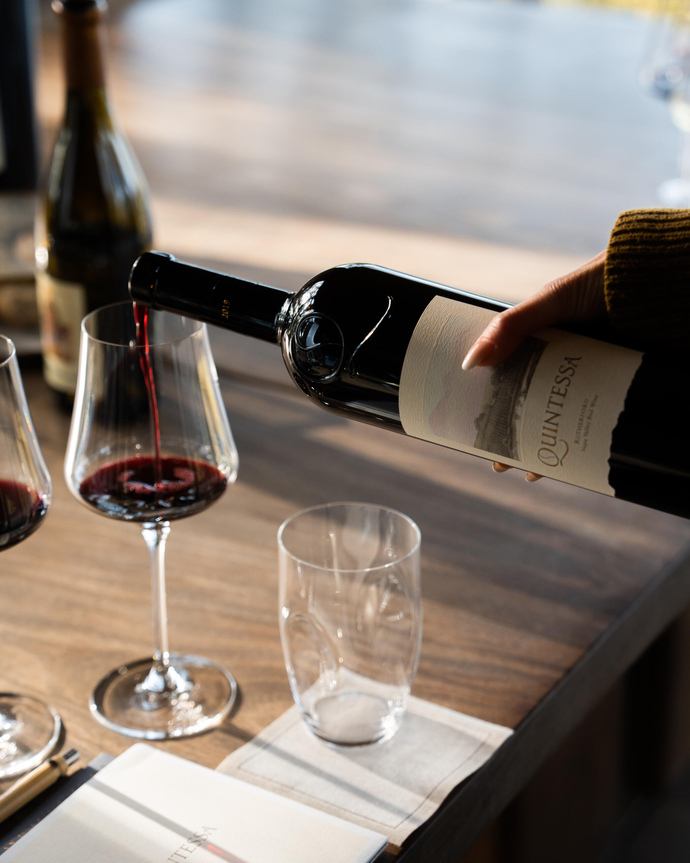
At the other end of the wine spectrum, Rebekah has a very different take on the matter, “Change in style is not an issue for us.” Shes believes that, “we are true to our mission; finding expression, the pure character of the wines from our estate. It moves a lot more slowly at this end because of the nature of our job.”
Napa: more of a movement, not a fashion
“Napa has seen a pendulum shift,” says Rebekah, “from early 2000’s when it was all about ‘More! More! More!’, big bottles, big oak, big wine. Quintessa was never part of that conversation.
“It does feel that the mood has shifted, now wines need to speak to the story. Why the wine tastes like it does; the connection to place and time and the people who make it. Moving towards a respect for freshness and elegance,” she adds.
In that sense Quintessa was ahead of the game. From the start it was about expression of source not substance. “We are not about perceived scarcity,” states Rebekah, “I think that has helped us to establish our reputation as a constant, recommendable producer. Especially from an on-premise point of view.” Amy adds, “That’s why I believe in, and support, wineries like Quintessa. If you have an excellent wine list then it’s a wine that should be there… a recognisable name. Small and doing all the right things. Recognised for what it is doing, a wine that makes collectors happy or is accessible for people splashing our for a special celebration.”
According to both Rebekah and Amy consumers, at this level in the US, are looking for these kind of wines in a restaurant. Especially when it comes to the “stretch” moment. Amy elaborates, “in California people tend to enjoy wines from the region. In Tampa there is huge interest in using wine as a status symbol. Quintessa ticks both boxes.”
Both women are at the top of their game and as we chatted it became apparent that it is essential for winemakers to have the skill to make wines that excite sommeliers; to bring the story behind the wine to life. Rebekah concludes, “People are still exploring and wanting to learn. If the sommelier can use our wines to do that, then I am doing my job.”

